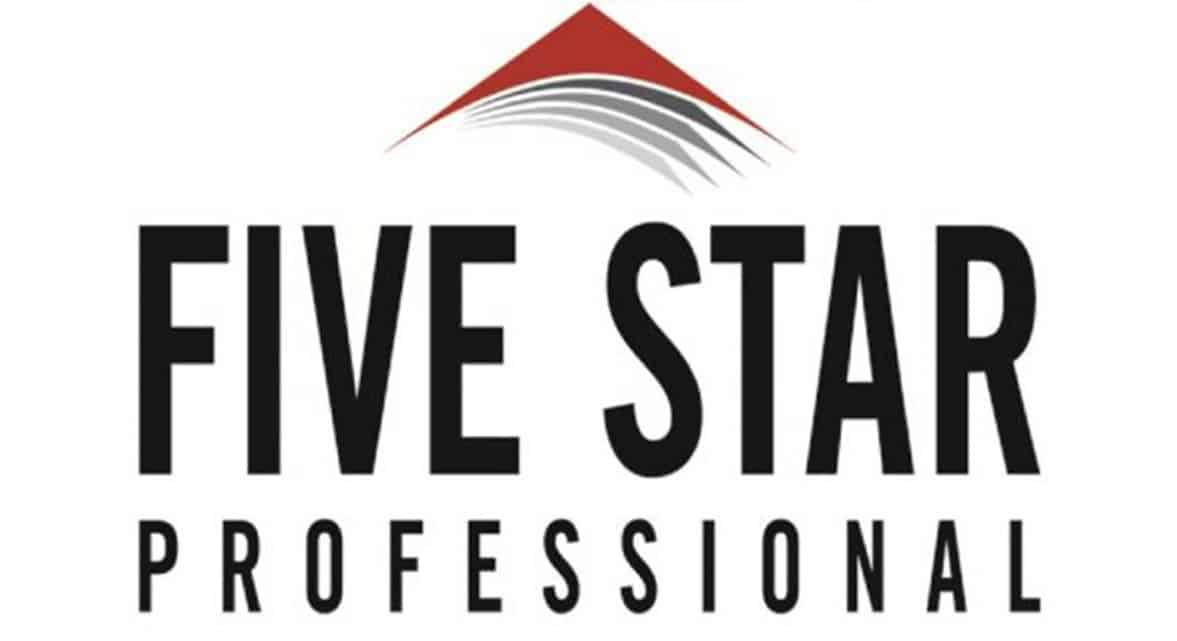At Archer Investment Management, I’ve spent nearly two decades specializing in serving successful professionals and couples, providing comprehensive investment guidance and personalized care and attention. Whether they’ve built or inherited their wealth, they want to ensure they are maximizing its potential and as well building a secure financial future for themselves.
From personalized investment management to executive compensation planning, my comprehensive services are designed to address all of my clients’ complex needs and guide them along their financial journey. My ultimate goal is to offer people financial peace of mind and confidence in our abilities and advice.
Proactive financial planning and customized investment strategies can make a significant impact on your financial future. Here are three recent examples of clients I have helped.
CASE STUDY #1: TACKLING COMPLEX EXECUTIVE COMPENSATION
I work with many LGBT couples who want to ensure their partner or spouse is taken care of should one of them prematurely pass. One such individual is a successful corporate executive who is receiving ongoing and extensive stock options and restricted stock awards through his company. With so many opportunities, he wasn’t sure how to best handle them. He was also concerned with minimizing income taxes due to his high income, and ensuring his new spouse would be taken care of after he passed.
Working together, we started with their estate. Collaborating with a knowledgeable estate attorney, I ensured they developed an estate plan that ensured his husband had all the proper legal rights and protections and was named the beneficiary on their investment accounts. This would ensure the client’s wishes were carried out.
Next, we tackled his investments. After collecting and reporting the missing cost basis on years of company stock positions, we developed a plan with his CPA and company benefits administrator. Ultimately, we set up a multi-year, systematic exercise schedule of incentive stock options and restricted stock awards to smooth his income, minimize ongoing taxes, and to mitigate his single stock risk to his employer as new options are granted in the future.
Along with consolidating his company stock positions with the rest of his portfolio to simplify his finances, I helped him plan for his cash flow needs to cover his ongoing taxes from his investment plan and diversified the sales proceeds into a global portfolio to lower his high investment risk. By the end, the client had an up-to-date estate plan, an understanding of his cash flow and financial goals, and a great CPA who could assist with sophisticated executive compensation tax issues. On an ongoing basis, we monitor his company stock and adjust our strategy as stock prices increase. He continues to minimize his taxes and maximize his corporate retirement plan contributions to make the most of his savings.
CASE STUDY #2: BUILDING FINANCIAL CONFIDENCE
I work with many successful working professionals, including attorneys. One very intelligent lawyer I work with had an overwhelming and confusing financial picture. He had accounts with multiple advisors, various insurance policies, complex legal partnership deferred compensation and ownership benefits, children from previous marriages who required financial support, an upcoming wedding, and a desire to purchase a second home. Needless to say, he had trouble keeping things organized and knowing what steps to make.
To help, we embarked on establishing an in-depth financial plan. To assist with the purchase of the new high-end residence he wanted, I helped him determine how much money he could afford to spend, and I provided a letter of reference to his Homeowners Association board. Explaining that he had a professionally-developed financial plan in place was valuable knowledge for the board. Along with projecting second home expenses, we also reviewed college savings projections for all of his children to ensure 529 college savings plans were fully funded and invested in low-cost, age-based portfolios.
Next, we tackled his business needs. This included establishing a baseline valuation of his firm partnership share, discussing partnership buy-in loan payoff options, maximizing employer retirement plan contributions to take advantage of the tax deferrals, and exploring the benefits and risks of using his firm’s deferred compensation plan. We also analyzed his insurance needs and rolled over multiple IRAs, consolidating them at one custodian to simplify his portfolio. The result is a portfolio with lower costs and more predictable long-term investment returns.
Through this process, we integrated all of his financial assets, files, and financial plan into a secure client portal so he can keep track of his entire financial life in one location. As a result, the client has a stronger grasp on his financial picture and feels more confident in his future. We continue educating him on his complex finances, how his portfolio is invested, and how to manage his wealth.
CASE STUDY #3: MANAGING AN UNEXPECTED INHERITANCE
While an influx of wealth is usually a good surprise, it’s a surprise nonetheless. One of my clients is a couple with a parent who suddenly passed away and they became first-time executors of a large estate.
The thoughtful and judicious couple had always been very cautious with money, saved well, and had long followed my financial planning advice as they built their wealth. In a sense, they were doing everything right. Upon receiving the large inheritance, they didn’t know how best to manage it and wanted to make sure they didn’t squander it. As investors with a long-term focus, they turned to me to help them efficiently manage and grow the wealth.
We began by working through some complex family issues that arose as the estate was being administered. From there, we focused on developing a detailed financial plan that reflected their goals for their new, significantly larger investment portfolio.
One important goal was for the wife to be able to leave her stressful job and stay home while their two children were still in school. We put these new lifestyle needs at the forefront of their financial strategies. This involved budgeting, implementing an accelerated debt repayment plan, updating their estate plan, fully funding their two children’s 529 college savings plan, and taking proper inherited IRA distributions.
With their new plan in place, the family feels much more confident in their financial future. They still prefer to live frugally, but they know they can live comfortably and enjoy some of their wealth through more family vacations.
HELPING YOU
I work with a broad range of clients facing unique needs and circumstances. Whatever the situation, I strive to address them through a proactive process that focuses on understanding your personal situation, addressing your concerns, and creating strategies that help you work toward your goals.
If you’re experiencing a situation similar to one of these case studies or face an entirely different need, I encourage you to reach out to me. I can evaluate your situation and share how I can help. There are no obligations, and your consultation is on us.
You can easily book an appointment with me online here.
I look forward to speaking with you.
















